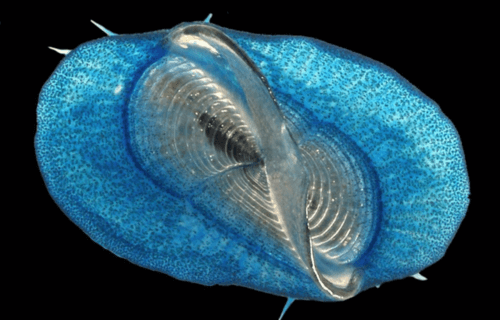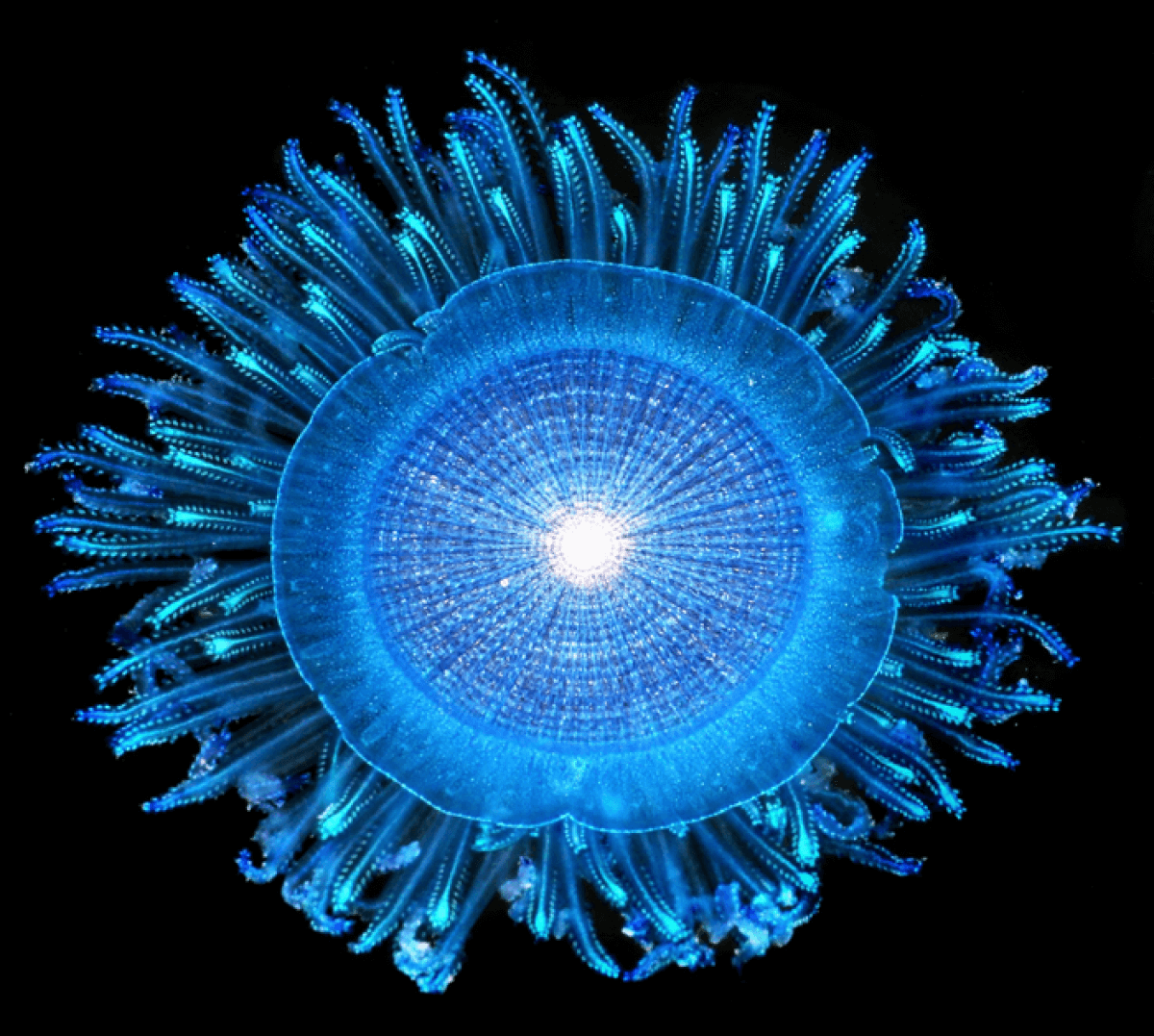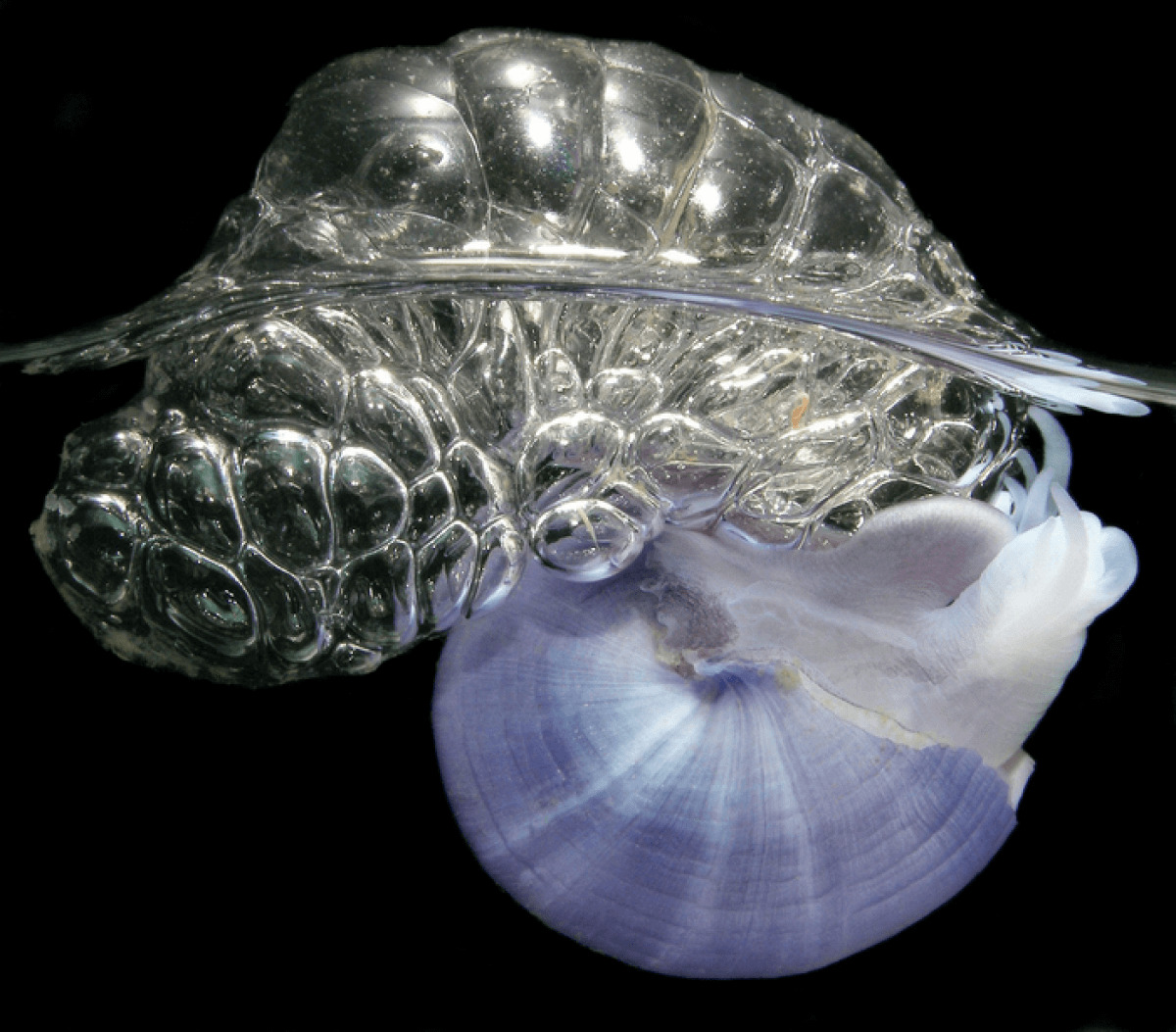La contaminación plástica puede estar creando un ecosistema completamente nuevo en el océano
WASHINGTON — La contaminación plástica se ha convertido en un hecho desafortunado de la vida en todo el mundo, incluso en los océanos. Si bien toda esa basura que flota puede representar una seria amenaza para muchos animales, un nuevo estudio encuentra que algunas especies pueden haberlo convertido en un ecosistema completamente nuevo.
El «parche de basura» del Pacífico Norte (NPGP, por sus siglas en inglés) es un área enorme en el océano donde se acumula una gran cantidad de desechos plásticos. Esto sucede debido a las corrientes de agua arremolinadas que juntan la basura. Sin embargo, no es solo la basura la que queda atrapada en este lío. Investigadores de la Universidad de Georgetown descubrieron que muchas criaturas marinas como medusas, caracoles y percebes también viven allí.

Scientists took a long 80-day swim in 2019 to learn more about these sea creatures. They asked a sailing crew to help them collect samples of the animals and plastic waste. Using computers, they planned the best route to find areas with lots of trash and sea life.
They discovered that there were more sea creatures inside the Garbage Patch than around its edges. The amount of plastic waste was also linked to the number of certain types of sea creatures like sea rafts, blue sea buttons, and violet sea snails.

CREDIT
Denis Riek, The Global Ocean Surface Ecosystem Alliance (GO-SEA) Field Guide (CC-BY 4.0, https://creativecommons.org/licenses/by/4.0/)
The researchers think that the same water currents that bring the trash together might be important for these sea animals too. The currents help them find food and mates. However, human activities, like polluting the ocean with plastic, could hurt these ocean meeting spots and the animals that rely on them.
“The ‘garbage patch’ is more than just a garbage patch. It is an ecosystem, not because of the plastic, but in spite of it,” says Georgetown researchers Rebecca Helm in a media release.

“Large amounts of floating debris are transported to and concentrated in ‘garbage patches’ identified in all five main subtropical gyres, including the North Atlantic (the Sargasso Sea), South Atlantic, Indian Ocean, North Pacific and South Pacific,” the study authors report in the journal PLOS Biology.
Join Our Newsletter
Studies in a nutshell, daily.Subscribe
“In the North Atlantic Sargasso Sea, the neustonic ecosystem is a feeding ground, a nursery ground and a habitat. Similar to the Sargasso Sea, our results suggest the central NPGP has high surface life densities relative to surrounding waters, yet much is still unknown about the ecology of these organisms. Studies on the foodwebs and life history of neustonic species will allow us to better understand their temporal cycles and connectivity.”
South West News Service writer Mark Waghorn contributed to this report.


